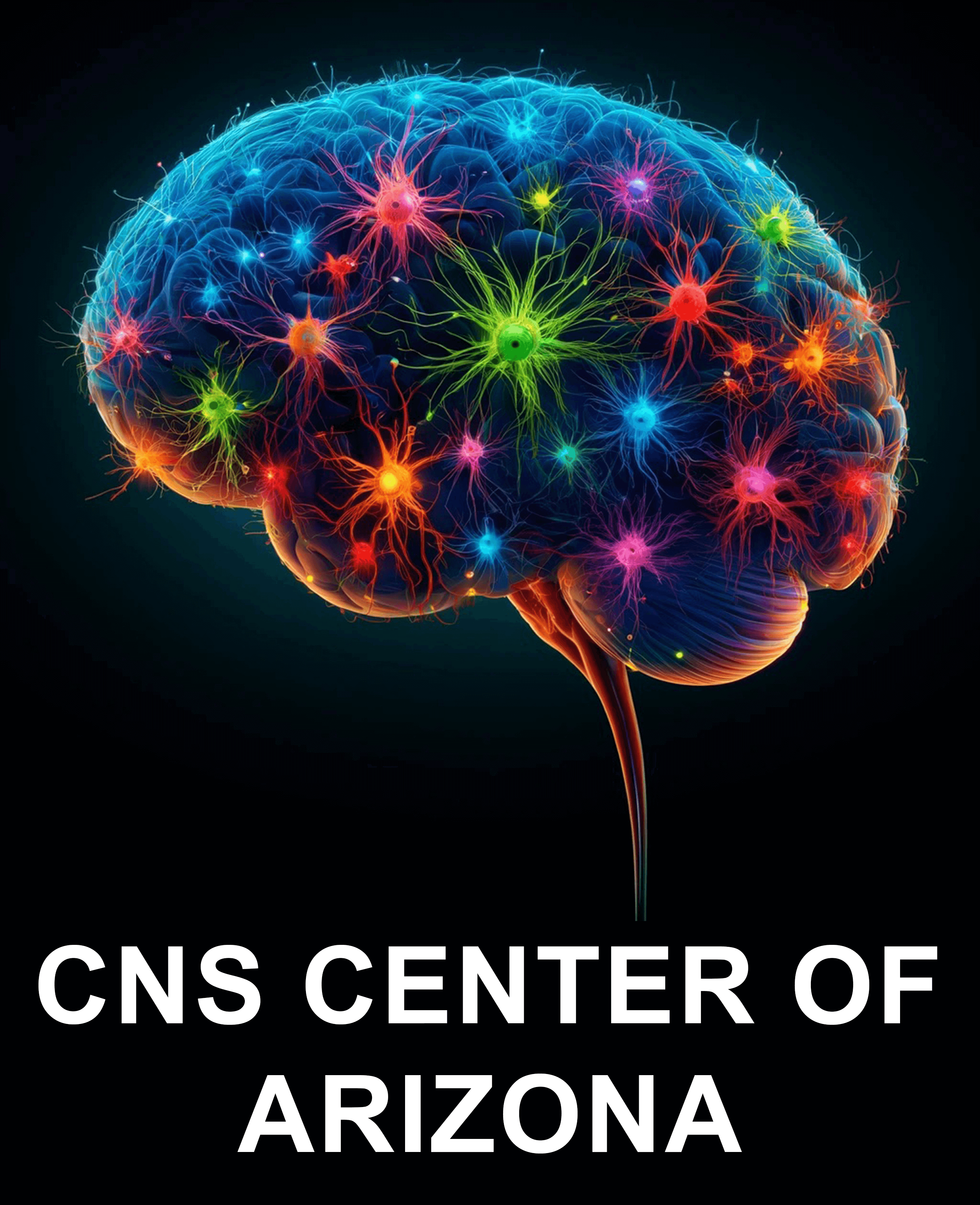
Feeling overwhelmed by lights, sounds, or crowded spaces is common, and it might be a sign of sensory overload in ADHD.
You or your child could be facing ADHD overstimulation symptoms that leave you drained, irritable, or unable to focus by midday.
You might have thought about online therapy for ADHD, but a formal assessment can bring clarity.
A proper Clinical ADHD assessment can help bring all these pieces together.
CNS Center Arizona supports families, professionals, and adults in Arizona through a step-by-step evaluation.
We use proven tools and honest conversations to understand how ADHD shows up in real life to help build a plan that supports you or your family.
What Happens During A Clinical ADHD Assessment
Intake Interview With Patient
The process begins with a friendly chat. This gives us a chance to hear about your background, daily challenges, and the reasons you’re seeking support.
Our goal is to make this first meeting feel safe and comfortable in order for adults and kids to open up about their symptoms.
We’ll also cover your medical history and any other mental health issues, because ADHD often lives alongside anxiety, learning differences, or mood changes.
Standardized Questionnaires
You’ll complete forms or digital surveys that ask for specific behaviors and symptoms.
These tools are backed by medical research like the Conners or Vanderbilt scales which are designed to assess focus, impulsivity, hyperactivity, and emotional regulation.
They allow us to compare your results to clinical norms for your age group, offering a clearer picture of what’s going on and if it fits ADHD criteria.
Observing Behavior In Various Settings
Part of an ADHD assessment is seeing how symptoms show up in different parts of life.
For children, that might mean talking with you and your spouse, and asking for school reports or teacher feedback.
Adults may share input from work or family.
Hearing from multiple sources helps give a well-rounded view of daily patterns.
We can also rule out if the sensory issues or mood swings you experience are limited to one setting or more widespread.
How Sensory Overload In ADHD Is Evaluated
Identifying Triggers And Responses
We ask detailed questions about common sensory triggers such as bright lights, busy places, or loud noise, and note how these affect focus and mood.
Describing physical reactions like tension, irritability, headache helps identify sensory overload and its impact.
Tracking these patterns is key to creating strategies for managing daily stress.
Tracking ADHD Overstimulation Symptoms
Answering questions like “Do you feel drained after social events?” or “Does your child need quiet breaks at school?” helps the professional see how often overstimulation occurs.
That data informs customized supports like scheduled rest periods, sensory tools like noise-cancelling headphones, or structured routines that reduce overload.
Understanding ADHD Sensory Overload Adults
Adult Self‑Report Measures

Adults complete questionnaires about sensory sensitivity and daily functioning.
This might include rating how distracting fluorescent lights are or how hard it is to stay on task in an open office.
These surveys help identify patterns commonly linked to ADHD.
Many adults tend to overlook these signs or think they’re simply being “too sensitive.”
How Overload Impacts Work And Relationships
Sensory overload can show up as tension, distraction at home, or irritability in relationships.
In some cases, a parent might turn down outings to avoid overstimulation, or an employee might struggle with office noise.
Evaluating this allows creation of supportive environments: flexible schedules, quiet workspace shifts, or family strategies that reduce overwhelm.
Integrating Mood Swings And ADHD In Diagnosis
Distinguishing Mood Issues From ADHD
ADHD frequently comes with mood changes , which can show up as a quick temper or feeling unmotivated.
It’s important to figure out if these shifts are part of ADHD or suggest a separate mood or anxiety condition.
Clinicians use histories, symptom patterns, and mood questionnaires to help separate the causes.
Tools That Measure Emotional Regulation
Common tools like the Mood and Feelings Questionnaire or the Affective Reactivity Index help pinpoint emotional regulation struggles.
These help clinicians understand how mood swings impact daily life, such as disrupted sleep, impulsive choices, or missed responsibilities.
They also help determine whether ADHD alone accounts for these issues.
Using Online Therapy For ADHD After Assessment
Benefits Of Telehealth In Arizona
Arizona’s wide-open spaces mean not everyone can easily reach a clinic.
Online therapy for ADHD offers flexibility, letting you connect via video from home.
No commute, more privacy, and sessions that fit your schedule.
Combining Online Support With In‑Person Care
Many people combine online therapy for ADHD with occasional office visits.
This hybrid model lets you get medication adjustments in person and therapy virtually.
That way, support is continuous and can be built around your daily life.
What Comes After Assessment: Treatment Planning
Behavioral Support And Life Accommodations
Armed with assessment results, clinicians can suggest school plans, parenting tips, workplace adaptations, and strategies for sensory overload.
That might mean planning break times, organizing environments, or using apps to stay organized.
Medication Management If Needed
When the evaluation shows that medication could be helpful, our psychiatrists at CNS Center Arizona can walk you through the pros and cons.
We also handle medication therapy management by selecting the right medications, adjusting the dose, and tracking any side effects with you.
Start Your ADHD Assessment With Trusted Clinicians in Arizona
Going through a clinical ADHD assessment can feel like a big step, however, it brings clarity.
Evaluations cover sensory overload in ADHD, ADHD overstimulation symptoms, and how ADHD shows up in adults and children.
They help spot ADHD sensory overload adults face and treat mood swings and ADHD accurately.
With options like online therapy for ADHD, care fits your lifestyle.
If you think an ADHD assessment makes sense for you or your child, CNS Center Arizona is here to guide you through every step.
Our goal is to figure out what fits your life.
We see people across Arizona, from Gilbert, busy professionals in Phoenix, and teens in Tucson to find answers and real tools for daily life.
Give us a call today.




